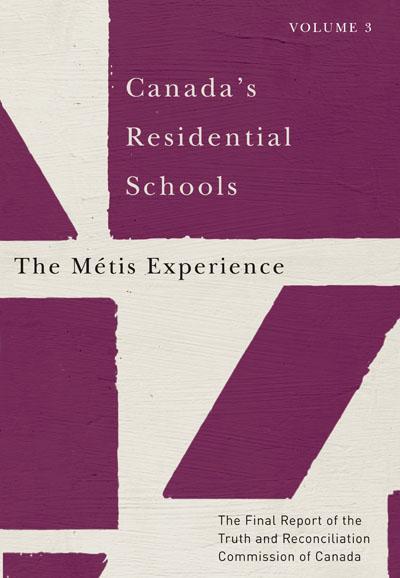
Canada's Residential Schools: The Metis Experience, Vol 3
$22.95
Item#: 9780773546561
Available: 99999
On Order: 0
Between 1867 and 2000, the Canadian government sent over 150,000 Aboriginal children to residential schools across the country. Government officials and missionaries agreed that in order to “civilize and Christianize” Aboriginal children, it was necessary to separate them from their parents and their home communities. For children, life in these schools was lonely and alien. Discipline was harsh, and daily life was highly regimented. Aboriginal languages and cultures were denigrated and suppressed. Education and technical training too often gave way to the drudgery of doing the chores necessary to make the schools self-sustaining. Child neglect was institutionalized, and the lack of supervision created situations where students were prey to sexual and physical abusers. Legal action by the schools’ former students led to the creation of the Truth and Reconciliation Commission of Canada in 2008. The product of over six years of research, the Commission’s final report outlines the history and legacy of the schools, and charts a pathway towards reconciliation. Canada’s Residential Schools: The Métis Experience focuses on an often-overlooked element of Canada’s residential school history. Canada’s residential school system was a partnership between the federal government and the churches. Since the churches wished to convert as many Aboriginal children as possible, they had no objection to admitting Métis children. At Saint-Paul-des-Métis in Alberta, Roman Catholic missionaries established a residential school specifically for Métis children in the early twentieth century, while the Anglicans opened hostels for Métis children in the Yukon in the 1920s and the 1950s. The federal government policy on providing schooling to Métis children was subject to constant change. It viewed the Métis as members of the ‘dangerous classes,’ whom the residential schools were intended to civilize and assimilate. This view led to the adoption of policies that allowed for the admission of Métis children at various times. However, from a jurisdictional perspective, the federal government believed that the responsibility for educating and assimilating Métis people lay with provincial and territorial governments. When this view dominated, Indian agents were often instructed to remove Métis children from residential schools. Because provincial and territorial governments were reluctant to provide services to Métis people, many Métis parents who wished to see their children educated in schools had no option but to try to have them accepted into a residential school. As provincial governments slowly began to provide increased educational services to Métis students after the Second World War, Métis children lived in residences and residential schools that were either run or funded by provincial governments. As this volume demonstrates the Métis experience of residential schooling in Canada is long and complex, involving not only the federal government and the churches, but provincial and territorial governments. Much remains to be done to identify and redress the impact that these schools had on Métis children, their families, and their community.
Asset: GENERAL BOOKS
Format: Paperback
Edition: V3
Department: 04 Indigenous
Section: 04 Non-Fiction
Author: Truth & Reconciliation Commiss
Publisher: McGill-Queen's Univ Press
Publication Year: 2016
Notes: Nr



